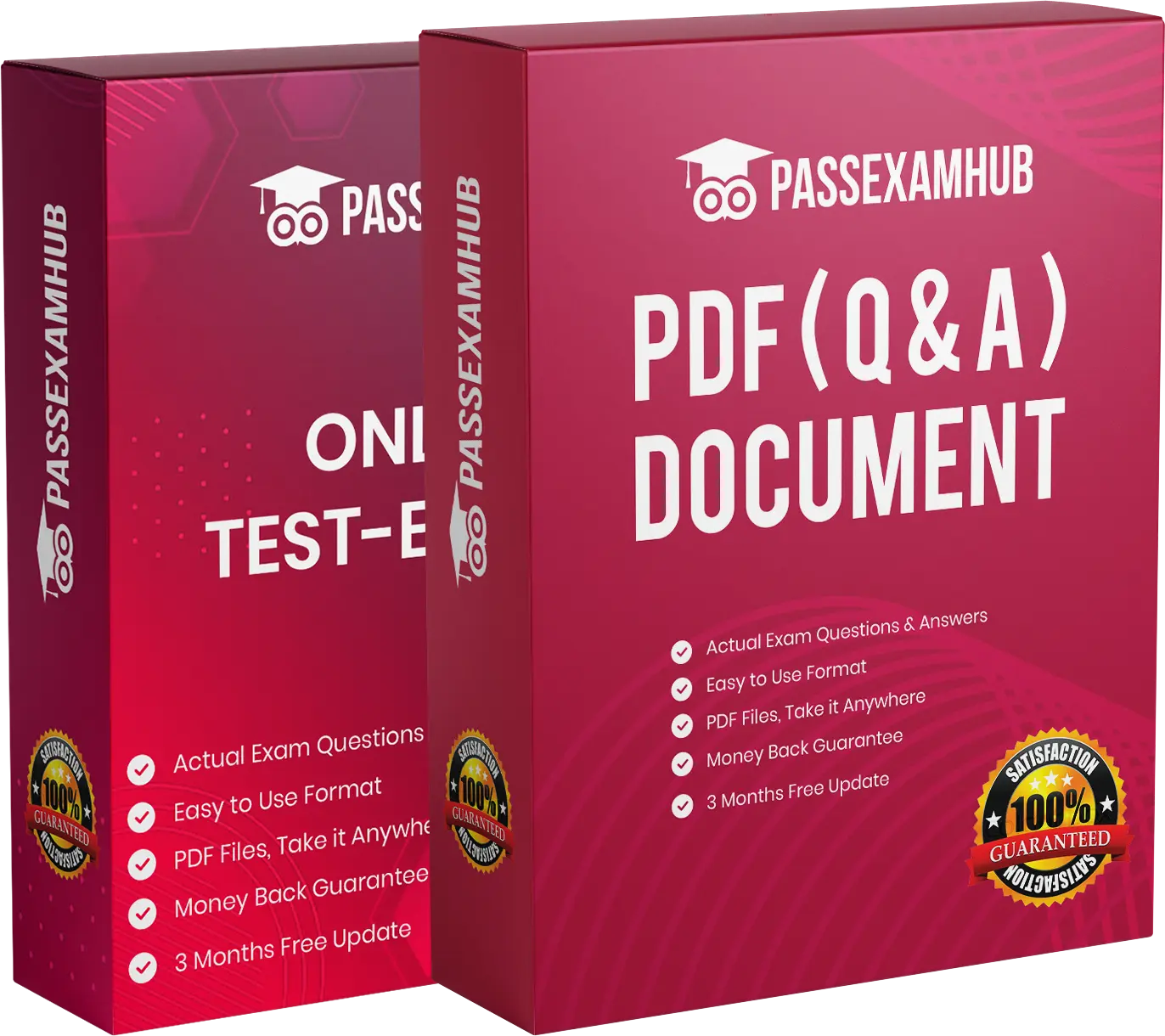
RedHat EX200 Exam Dumps
Red Hat Certified System Administrator - RHCSA (8.2)
Last Week EX200 Exam Results
Customers Passed RedHat EX200 Exam
Average Score In Real EX200 Exam
Questions came from our EX200 dumps.
Choosing the Right Path for Your EX200 Exam Preparation
Welcome to PassExamHub's comprehensive study guide for the Red Hat Certified System Administrator - RHCSA (8.2) exam. Our EX200 dumps is designed to equip you with the knowledge and resources you need to confidently prepare for and succeed in the EX200 certification exam.
What Our RedHat EX200 Study Material Offers
PassExamHub's EX200 dumps PDF is carefully crafted to provide you with a comprehensive and effective learning experience. Our study material includes:
In-depth Content: Our study guide covers all the key concepts, topics, and skills you need to master for the EX200 exam. Each topic is explained in a clear and concise manner, making it easy to understand even the most complex concepts.
Online Test Engine: Test your knowledge and build your confidence with a wide range of practice questions that simulate the actual exam format. Our test engine cover every exam objective and provide detailed explanations for both correct and incorrect answers.
Exam Strategies: Get valuable insights into exam-taking strategies, time management, and how to approach different types of questions.
Real-world Scenarios: Gain practical insights into applying your knowledge in real-world scenarios, ensuring you're well-prepared to tackle challenges in your professional career.
Why Choose PassExamHub?
Expertise: Our EX200 exam questions answers are developed by experienced RedHat certified professionals who have a deep understanding of the exam objectives and industry best practices.
Comprehensive Coverage: We leave no stone unturned in covering every topic and skill that could appear on the EX200 exam, ensuring you're fully prepared.
Engaging Learning: Our content is presented in a user-friendly and engaging format, making your study sessions enjoyable and effective.
Proven Success: Countless students have used our study materials to achieve their EX200 certifications and advance their careers.
Start Your Journey Today!
Embark on your journey to Red Hat Certified System Administrator - RHCSA (8.2) success with PassExamHub. Our study material is your trusted companion in preparing for the EX200 exam and unlocking exciting career opportunities.
Related Exams
RedHat EX200 Sample Question Answers
Question # 1Part 2 (on Node2 Server) Task 8 [Tuning System Performance] Set your server to use the recommended tuned profile
Question # 2
Part 2 (on Node2 Server) Task 2 [Installing and Updating Software Packages] Configure your system to use this location as a default repository: http://utility.domain15.example.com/BaseOS http://utility.domain15.example.com/AppStream Also configure your GPG key to use this location http://utility.domain15.example.com/RPM-GPG-KEY-redhat-release
Question # 3
A YUM source has been provided in the http://instructor.example.com/pub/rhel6/dvd Configure your system and can be used normally.
Question # 4
Part 1 (on Node1 Server) Task 15 [Running Containers] Create a container named logserver with the image rhel8/rsyslog found from the registry registry.domain15.example.com:5000 The container should run as the root less user shangrila. use redhat as password [sudo user] Configure the container with systemd services as the shangrila user using the service name, “container-logserver” so that it can be persistent across reboot. Use admin as the username and admin123 as the credentials for the image registry.
Question # 5
There is a server having 172.24.254.254 and 172.25.254.254. Your System lies on172.24.0.0/16. Make successfully ping to 172.25.254.254 by Assigning following IP:172.24.0.x where x is your station number.
Question # 6
Part 2 (on Node2 Server) Task 5 [Managing Logical Volumes] Add an additional swap partition of 656 MiB to your system. The swap partition should automatically mount when your system boots Do not remove or otherwise alter any existing swap partition on your system
Question # 7
Part 1 (on Node1 Server) Task 2 [Installing and Updating Software Packages] Configure your system to use this location as a default repository: http://utility.domain15.example.com/BaseOS http://utility.domain15.example.com/AppStream Also configure your GPG key to use this location http://utility.domain15.example.com/RPM-GPG-KEY-redhat-release
Question # 8
Some users home directory is shared from your system. Using showmount -e localhost command, the shared directory is not shown. Make access the shared users home directory.
Question # 9
Part 1 (on Node1 Server) Task 4 [Controlling Access to Files] Create collaborative directory /mnt/shares with the following characteristics: Group ownership of /mnt/shares should be sharegrp. The directory should be readable, writable and accessible to member of sharegrp but not to any other user. (It is understood that root has access to all files and directories on the system) Files created in /mnt/shares automatically have group ownership set to the sharegrp group.
Question # 10
Please open the ip_forward, and take effect permanently.
Question # 11
Part 1 (on Node1 Server) Task 8 [Managing Local Users and Groups] Create a user fred with a user ID 3945. Give the password as iamredhatman
Question # 12
Part 1 (on Node1 Server)Task 7 [Accessing Linux File Systems]Find all the files owned by user natasha and redirect the output to /home/alex/files.Find all files that are larger than 5MiB in the /etc directory and copy them to /find/largefiles.
Question # 13
Part 1 (on Node1 Server) Task 14 [Managing SELinux Security] You will configure a web server running on your system serving content using a nonstandard port (82)
Question # 14
Part 1 (on Node1 Server) Task 9 [Managing Files from the Command Line] Search the string nologin in the /etc/passwd file and save the output in /root/strings




